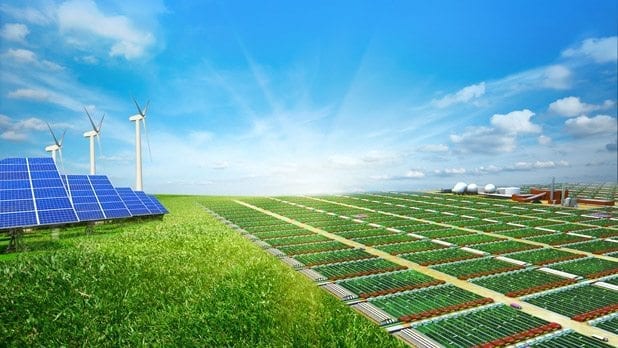Many thought 2016 was going to be a bad year for climate protection. As late as the third week in August, most observers were resigned to wait until 2017 to expand greenhouse gas (GHG) reduction targets, address short lived climate pollutants (SLCPs), and appropriate resources from the Greenhouse Gas Reduction Fund (GGRF) to climate protection projects. However, to the surprise and delight of many in the industry, the achievements realized in the California Legislature before the end of session dramatically enhance efforts to reduce GHGs and, arguably, contain the most promising advances for renewable natural gas in the industry’s short history. These bills include:
- SB 32 and its companion, AB 197, recommitted the state to the goal of reducing emissions of harmful GHGs. The two bills increased the target GHG reduction to 40 percent below 1990 levels by 2030 and directs the state to concentrate its efforts to ensure that the environmental, public health and economic development benefits of this policy accrue to residents in the state’s most disproportionately impacted communities.
- SB 1383 refocuses California on the need to address short lived climate pollutants (SLCPs), with emphasis on addressing emissions from dairy operations and organics recovery and recycling, and establishes mandates for both methane and black carbon reduction by 2030.
- AB 1613 appropriates over $900 million to the Greenhouse Gas Reduction Fund (GGRF) to programs that will directly impact the production and consumption of renewable gases.
- SB 840 addressed issues related to the standards for the injection of biogas in to the state’s natural gas pipeline system and removed barriers to the development of small scale forest bioenergy projects.
- AB 2313 increased the California Public Utilities Commission’s incentive for pipeline interconnection from $1.5 million to $3 million per project, and up to $5 million of dairy digester cluster projects.
SB 1383: Near-Term RNG Development
Although all of these steps are important, perhaps the most relevant to the near-term development of viable markets for renewable gas is SB 1383. The bill, authored by Senator Ricardo Lara, requires the state to develop and implement a plan to reduce statewide methane emissions by 40 percent and black carbon by 50 percent below 2013 levels by 2030. This is a daunting goal, but the best ways to cost-effectively achieve these dramatic reductions is by capturing methane from organic sources and beneficially reusing this valuable energy resource as an alternative to diesel in heavy-duty vehicles.
The Critical Needs for RNG in California
Diverting fugitive methane from the atmosphere to the transportation sector is virtually the only approach that enables the state to simultaneously address several critical needs, including:
- Decreases the state’s dependence on petroleum, which helps to diversify transportation fuels and further reduces the state’s carbon footprint, and creates a renewable, in-state source for future transportation needs.
- Achieves dramatic reductions in the state’s smog problem by using the renewable gas in heavy-duty vehicles equipped with today’s near-zero emission natural gas engines, which are virtually three times cleaner for ozone-forming compounds than electric vehicles of comparable size charged by today’s California electrical grid.
- Eliminates the exposure of vulnerable communities to toxic diesel exhaust, while also supports SB 1383’s goal of reducing black carbon (i.e. diesel soot).
- Funds much of the infrastructure necessary to meet the objectives of SB 1383 through the sale of renewable fuel and low carbon fuel credits.
- Preserves key California industries, keeping jobs, economic activity and tax revenue in state, where the GHG emissions can be controlled.
Reduce, Reuse, Recycle with RNG
It is hard to imagine an approach to meet a policy objective that is as ecologically and economically promising as this. By harnessing locally-produced renewable gas to meet our transportation needs, we not only meet the goals of SB 1383, SB 32 and AB 197, but we also do so by adapting to the fundamental postulations of sustainability – reducing waste, recovering and beneficially reusing its by-products, and recycling what we consume back in to the biosphere for future generations to employ.
It is hard to imagine an approach to meet a policy objective that is as ecologically and economically compelling. By harnessing locally-produced renewable gas to meet our transportation needs, we not only meet the goals of SB 1383, SB 32 and AB 197, but we do so by adhering to the fundamental postulations of sustainability – reducing waste, recovering and beneficially reusing its by-products, and recycling what we consume back in to the biosphere for future generations to employ.
You can learn more about how renewable gas can help the state reach its goals by attending the Rethink Methane Symposium in Sacramento, February 21-22. Learn more: http://rethinkmethane.org/


